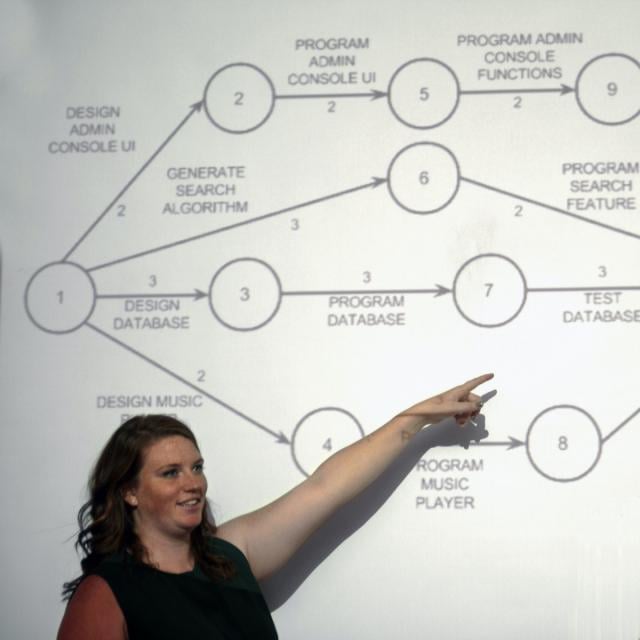MOOC List is learner-supported. When you buy through links on our site, we may earn an affiliate commission.

MOOC List is learner-supported. When you buy through links on our site, we may earn an affiliate commission.
What You Will Learn
- Create effective plans for software development
- Map user requirements to developer tasks
- Assess and plan for project risks
- Apply velocity-driven planning techniques
Course 4 of 6 in the Software Product Management Specialization.
Syllabus
WEEK 1
Introduction to Planning
Welcome to the first module! In this module, you will be learning some basic principles that you will need for effective planning. You will start this module off with an introduction to planning. You will then learn about how planning, and the approach you take to planning, can reduce uncertainty in your project. We will then move onto learning how to breakdown a project into small, manageable pieces, and how to organize those pieces. Finally, we will go over the differences between estimates, targets, and commitments. Together, these lessons will build a good base for learning planning techniques at both the release and iteration level.
WEEK 2
Project Planning
Welcome to module 2! Now that you’ve gotten your feet wet with general principles in project planning, let’s talk about some specific ways that you can use to implement those techniques. We’ll first discuss the concepts of story points and velocity, then move into how time boxing can be used to improve your project efficiency. We’ll then introduce the Gantt chart, a basic tried and true method of visualizing project tasks. We’ll finish off with techniques for planning your project at a release level, which will set the stage for iteration planning in the next module.
WEEK 3
Iteration Planning
This module will be focusing on planning techniques at the iteration or sprint level. You will start by looking at various techniques for estimating task time. You will then look at task dependencies in more detail. This will come in handy when you learn two visual planning charts--the Critical Path Method chart, and the PERT chart. Finally, you will learn the process for creating an iteration plan. By the end of this module, you will have the tools you need to plan sprints or iterations for development.
WEEK 4
Risk Planning
You’ve made it to the last module, congratulations! Here, we’re going to talk about what can cause projects to fail. We’ll start off by discussing common causes of failures, including anti-patterns. Then, you’ll learn how to assess risks, looking at their likelihood and potential impact on the project. We’ll end on an optimistic note by leaving you with strategies for intervening when risks present themselves and avoiding those risks to begin with.
MOOC List is learner-supported. When you buy through links on our site, we may earn an affiliate commission.
MOOC List is learner-supported. When you buy through links on our site, we may earn an affiliate commission.
